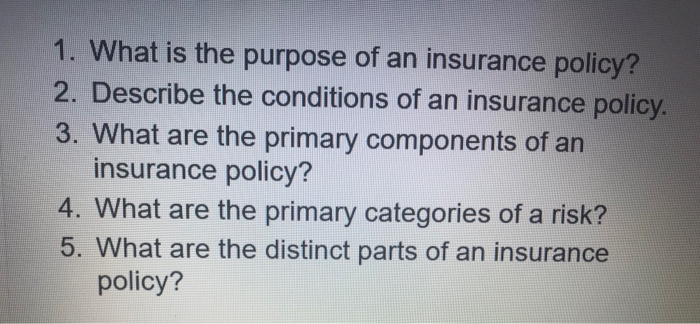Top Guidelines Of Pacific Prime
Wiki Article
The Ultimate Guide To Pacific Prime
Table of ContentsFacts About Pacific Prime Uncovered8 Simple Techniques For Pacific Prime4 Easy Facts About Pacific Prime ShownAll about Pacific PrimeThe Pacific Prime Statements

This is because the information were accumulated for a period of strong financial performance. Of the approximated 42 million individuals who were uninsured, all yet concerning 420,000 (regarding 1 percent) were under 65 years old, the age at which most Americans come to be eligible for Medicare; 32 million were adults between ages 18 and 65, around 19 percent of all grownups in this age team; and 10 million were kids under 18 years of age, concerning 13.9 percent of all children (Mills, 2000).
These price quotes of the number of persons uninsured are created from the annual March Supplement to the Present Populace Study (CPS), performed by the Demographics Bureau. Unless otherwise noted, national quotes of individuals without health insurance coverage and percentages of the populace with various kinds of coverage are based on the CPS, the most commonly made use of resource of price quotes of insurance protection and uninsurance prices.
The 25-Second Trick For Pacific Prime

Still, the CPS is especially valuable due to the fact that it produces yearly quotes relatively rapidly, reporting the previous year's insurance policy protection approximates each September, and because it is the basis for a regular collection of quotes for more than 20 years, allowing for analysis of fads in protection in time. For these factors, as well as the extensive usage of the CPS in other researches of insurance policy coverage that exist in this record, we rely on CPS price quotes, with limitations kept in mind.

The quote of the variety of uninsured people expands when a populace's insurance policy condition is tracked for several years. Over a three-year duration starting early in 1993, 72 million people, 29 percent of the united state populace, were without insurance coverage for a minimum of one month. Within a solitary year (1994 ), 53 million people experienced at the very least a month without protection (Bennefield, 1998a)
6 out of every 10 uninsured adults are themselves used. Although functioning does improve the chance that one and one's household members will certainly have insurance policy, it is not an assurance. Even participants of households with 2 permanent breadwinner have virtually a one-in-ten possibility of being without insurance (9.1 percent uninsured rate) (Hoffman and Pohl, 2000).
Some Known Facts About Pacific Prime.
New immigrants make up a considerable proportion of people without health insurance. One analysis has actually attributed a significant part of the recent growth in the size of the U.S. uninsured populace to immigrants who arrived in the country between 1994 and 1998 (Camarota and Edwards, 2000). Recent immigrants (those who pertained to the USA within the previous 4 years) do have a high price of being uninsured (46 percent), however they and their youngsters make up simply 6 percent of those without insurance policy country wide (Holahan et al., 2001).The partnership in between medical insurance and accessibility to care is well established, as documented later in this chapter. The connection between wellness insurance and wellness results is neither straight neither basic, a substantial scientific and health services research study literary works links wellness insurance policy protection to better accessibility to care, much better quality, and enhanced individual and populace wellness status.
Degrees of evaluation for examining the results of uninsurance. This discussion of health insurance policy coverage concentrates largely on the U.S. populace under age 65 due to the fact that virtually all Americans 65 and older have Medicare or other public coverage. It concentrates particularly on those without any wellness insurance coverage for any type of size of time.
A Biased View of Pacific Prime
The problems encountered by the underinsured are in some aspects similar to those dealt with by the without insurance, although they are normally less extreme. Health and wellness insurance coverage, however, is neither needed nor enough to get access to clinical services. The independent and straight effect of wellness insurance coverage on access to wellness services is well developed.
Others will obtain the wellness care they require also without health and wellness insurance policy, by paying for it expense or seeking it from suppliers who provide treatment cost-free or at highly subsidized prices. For still others, health insurance policy alone does not look at here now guarantee invoice of care since of various other nonfinancial barriers, such as a lack of health and wellness care service providers in their neighborhood, restricted accessibility to transport, illiteracy, or etymological and cultural differences.
Some Known Incorrect Statements About Pacific Prime
Formal research regarding uninsured populations in the United States dates to the late 1920s and very early 1930s when the Board on the Cost of Healthcare created a series of reports regarding financing doctor office brows through and hospitalizations. This concern became salient as the numbers of clinically indigent climbed during the Great Anxiety.Report this wiki page